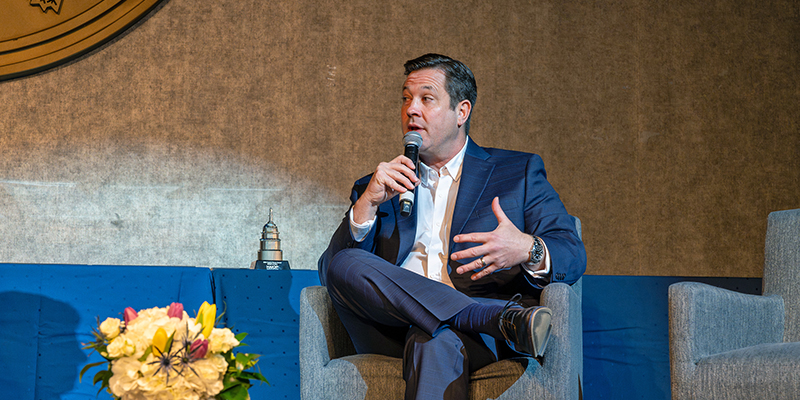Development prices continue to rise. Labor is in short supply. Land is selling at top-of-the-market prices, and there are no good deals to be found for steel, glass or concrete. So what’s a developer to do? The answer isn’t going to be found in non-negotiable hard costs, so it’s time to think differently about the development process and consider new approaches, like Lean Construction.
As founding members of the Chicago chapter of the Lean Construction Institute, Skender Construction has implemented Lean principles for more than a decade, proving time and time again that use of the Lean Construction method can reduce waste and save both time and money. Others have had a similar experience: Dodge Data & Analytics recently established that “high Lean intensity projects” were three times more likely to complete ahead of schedule and two times more likely to complete under budget, according to owner-provided data.
From Theory to Job Site
One way to ensure all sources of conservation are considered: The Last Planner® System, a hallmark of the Lean construction approach. This system increases both schedule and budget reliability using four distinct steps: Plan, Do, Check and Act.
Plan: Stakeholders, specifically including the last planners (foremen, project managers and superintendents) collaborate at a phase meeting, sometimes called a “Pull Planning Session,” held at the inception of each major phase of the work. By meeting together before the work begins, the master schedule is expanded to include input from every Last Planner, ensuring that every perspective and process included in the upcoming phase of the project is included and anticipated.
Do: Having had input in the schedule creates a sense of project ownership for all stakeholders, based on a shared agreement that the schedule has been vetted for realistic timelines and expectations. As each subcontractor carries out their particular trade, the sense of ownership established at the phase meeting helps to maintain transparency and collaboration during task handoffs, issues or delays.
Check: The meticulously detailed and transparent look ahead plan allows the project management team to easily check against the weekly work plan and hold every participant accountable for their work. Because collaboration and mutual respect has been established from the beginning, these conversations become a productive dialogue focused on understanding the root causes of issues and finding solutions.
Act: Transparency allows the team to act rapidly to ensure the team as a whole meets its weekly commitments. Sometimes this means replacing specific subcontractors or team members. For example, one Skender project manager noticed a decline in productivity of the electrician on the job; the project team rapidly discovered that the electrician was going out of business and wouldn’t be able to complete the job. The Lean process made it possible to see the warning signs, and adjust by making an immediate change. The project still finished early.
Avoid DOWNTIME: Eight ways to reduce waste
By following the steps above and using the Lean Construction method, you can increase reliability by avoiding downtime and reducing overall costs, as follows:
- Defects: Errors in design/production that require rework are avoidable. Avoid extra time and costs by planning a look-ahead schedule day by day.
- Overproduction: Producing or ordering material before it is needed or ordering extra material can create waste. To ensure accuracy, focus on the last responsible moment, and schedule deliveries to arrive just-in-time, rather than amassing large bundles of materials early.
- Waiting: Time spent waiting for equipment, information, plans, material and time sheets is unnecessary. Working with subcontractors who you know will deliver on schedule can save the time you’d waste waiting on less reliable collaborators.
- Non-utilized human resources: Avoiding hiring people only for their brawn while neglecting to use their brains appropriately as a resource. By asking for their input, the project benefits both from their experience and expertise — not just their labor.
- Transportation of goods: Unnecessary movement of materials, tools or parts between crews and processes. Designing a project site to minimize transportation of material as possible will avoid the time and effort wasted on moving product.
- Inventory: Storing unused, unnecessary product as a result of overproduction can be costly in time and money. Only produce or order as much of a material as needed to eliminate wasted inventory space.
- Motion: Any movement of people that does not add value to the process. Avoid this waste by ergonomically designing the physical workspace.
- Excess processing: Non-value-added work that is not specifically requested by the client can be avoided. Plan the project in advance with all parties at the table to streamline the work.
The Lean Construction Institute offers additional resources and helpful videos about the Lean Construction process.














